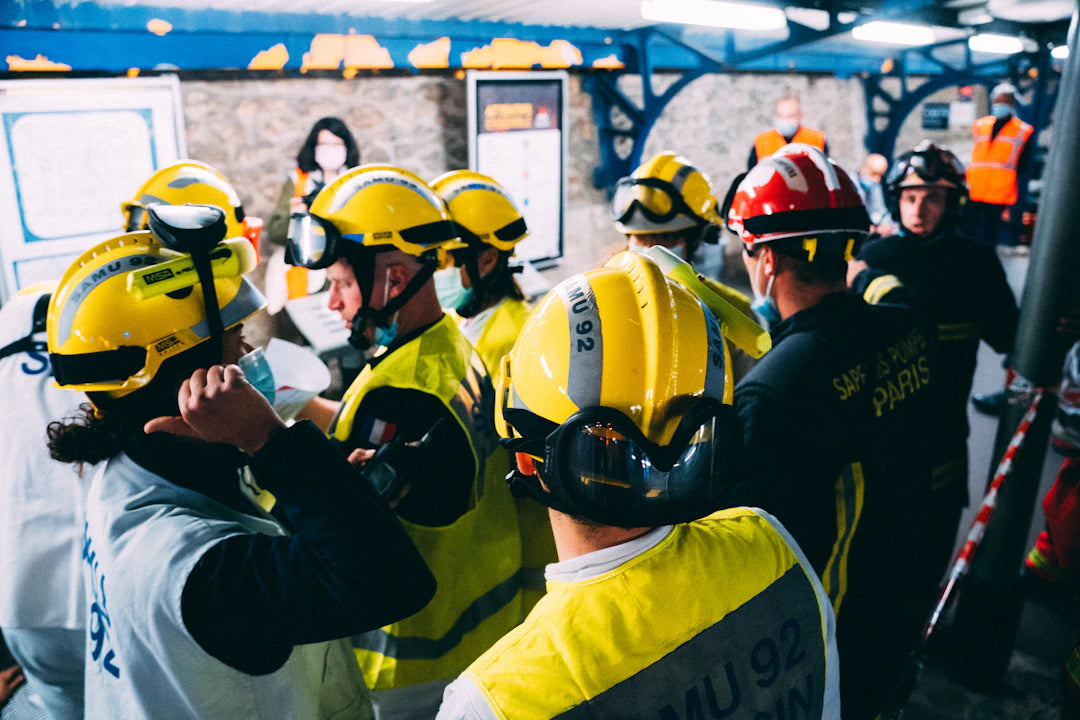When it comes to personal safety and preparedness, having a well-stocked first aid kit is essential. Whether you're a seasoned outdoor adventurer or just want to be ready for unexpected emergencies in your home, a properly maintained first aid kit can make all the difference. In this guide, we'll explore the steps necessary to ensure your first aid supplies, including your Individual First Aid Kit (IFAK kit), remain fresh and functional. You’ll also learn how to appropriately stock your gear bags for maximum preparedness.
Understanding the Importance of Regular Maintenance
Regardless of whether you have a comprehensive first aid kit or an IFAK kit, the importance of regular maintenance cannot be overstated. A first responder's effectiveness can significantly hinge on the availability of their emergency supplies. Here are some key reasons to maintain and refresh your first aid supplies:
- Ensures Readiness: Unexpected emergencies can arise at any time. By regularly checking and refreshing your supplies, you ensure that you’re always prepared to address potential injuries.
- Product Efficacy: Many medical supplies have expiration dates. Using outdated items can lead to ineffective treatment options.
- Minimizes Risk: A well-stocked and maintained first aid kit decreases the risk of complications from injuries.
Steps to Maintain Your First Aid Supplies
Check Expiration Dates
The first step in maintaining your first aid kit is to regularly check the expiration dates on all medications, sterile dressings, and any other perishable supplies. Some common items to watch include:
- Adhesive bandages
- Antiseptic solutions
- Pain relievers
- Emergency oxygen canisters (if available)
Make a point of marking your calendar for periodic checks, perhaps every six months or according to the specific needs of your household or activities.
Restock Your Supplies
After checking expiration dates, restock any items that are used up or have expired. Consider the following strategies to keep your first aid kit fully stocked:
- Keep a checklist of supplies and quantities regularly.
- Have extra supplies at home or in your vehicle for emergencies.
- Make use of gear bags stocked with specific supplies tailored to your activities, such as hikes, camping trips, or road trips.
Organize Your Kit
Organization plays a crucial role in emergency preparedness, especially when you need to act quickly. Take the time to arrange your first aid supplies so that they are easily accessible. Here are tips to enhance your kit's organization:
- Use clear containers or bags for visibility.
- Group similar items together (e.g. bandages, medications, tools).
- Label containers for easy identification.
Additional Items to Consider for Your First Aid Kit
In addition to the standard items, consider integrating these valuable resources into your IFAK kit or first aid kit to enhance its functionality:
- Emergency oxygen tanks for situations that require breathing assistance.
- CPR masks to protect both the rescuer and the victim.
- Trauma shears for cutting clothing in emergencies.
- Cold packs for swelling or sprains.
Educate Yourself and Others
Equipping yourself with knowledge is just as important as having the physical supplies. Take the time to familiarize yourself with the contents of your first aid kit. Consider the following educational steps:
- Take a first aid and CPR course to gain hands-on skills.
- Engage family members in discussions about first aid procedures and the contents of your kit.
- Use resources like books, online courses, or local training centers to stay informed about best practices.
Practice Makes Perfect
In addition to education, practicing your skills is vital. Set aside time to simulate scenarios where you might need to use your first aid kit. Consider practicing skills such as:
- Dressing various types of wounds
- Applying splints
- Administering emergency oxygen if trained
Simulating emergencies can help you and your family feel more confident when actual situations arise.
Creating a Customized First Aid Response
Every situation is unique, and your first aid kit should reflect your specific needs. Here are some tips for creating a customized response:
- Consider any existing medical conditions or allergies among family members.
- Tailor your IFAK kit to specific activities like hiking, biking, or traveling.
- Add personal items like prescribed medications or specific comfort items.
Emergency Plans and Access
Having your first aid supplies is important, but it’s equally important to create an emergency plan. Here are key points to consider:
- Decide on a designated spot for your first aid kit that is accessible to everyone in your household.
- Inform family members about emergency contact numbers and procedures.
- Have a communication plan to quickly report emergencies.
Final Touch: Keep a First Aid Kit in Your Vehicle
Don’t forget about your car! Having a first aid kit in your vehicle is essential—especially for road trips, long commutes, or in the case of an accident. Ensure you have a small, portable version of your home kit or IFAK kit to keep your emergency supplies at hand.
Be a Prepared First Responder
Your preparedness can make a substantial difference in an emergency situation. By being proactive about maintaining and refreshing your first aid supplies, you can serve as an invaluable first responder for yourself and those around you. In times of need, being equipped can bring peace of mind, making all the difference in the world.
So, as you take the next step in your first aid preparedness journey, remember: An ounce of prevention is worth a pound of cure. Stay safe, stay ready!


